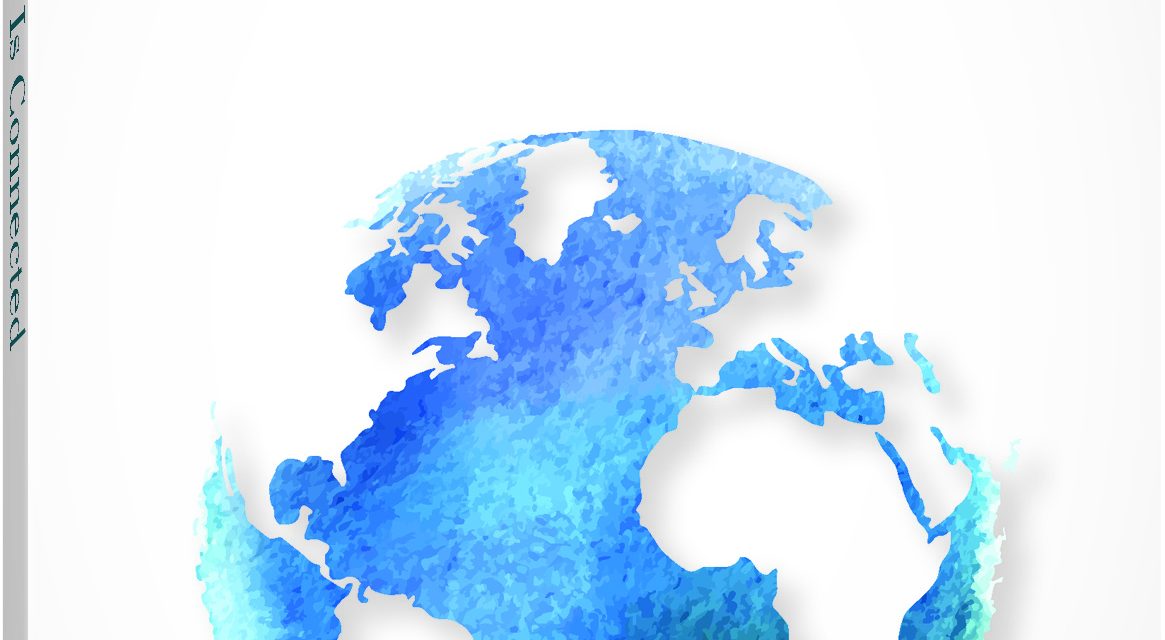All Creation is Connected: Voices in Response to Pope Francis’s Encyclical on Ecology. Edited by Daniel R. DiLeo. Winona, MN: Anselm Academic, 2018. 238 pages. $24.95.
This review originally appeared in the June 2019 issue of The Journal of Moral Theology
The twelve essays comprising All Creation is Connected explain, analyze, and develop aspects of Laudato Si’ (LS). The collection meets its goals of (1) helping ministers and a broad audience answer the question “why care about the environment?” and (2) developing strategies for ecological conversion and ethical actions by individuals and communities. Readers already concerned with or researching ecological questions will find new insights and spiritual considerations for their work.
Many essays discuss or mention how Pope Francis continues the theological ecological work of his predecessors Popes John Paul II and Benedict XVI. Likewise, consistent emphasis is given to Pope Francis’s claim that “The cry of the earth and the cry of the poor, then, are not two crises, but rather ‘one complex crisis which is both social and environmental’ (LS 139)” (113). While slightly repetitive, common themes do mean that each group of two to three essays can be assigned separately. However, collectively reading the essays provides a more complex and comprehensive view of Pope Francis’s ecological theology in LS. The reader moves through (1) information on the encyclical itself and its reception to (2) an understanding of nature and the cosmos, to a consideration of (3) theological and scientific influences on LS to more deeply comprehend the integral ecology Pope Francis advocates. Finally, (4) the reader encounters essays on the need for ecological conversion and virtuous behavior by both individuals and communities, ending with essays connecting LS and ecological theology to Catholic social teaching.
Kevin Irwin, Walter Grazer, and Michael Agliardo, S.J., provide a robust introductory framework for LS, its methodology, and its reception in the USA. Irwin recommends a “careful and prayerful study” of LS. Grazer’s work showcases how Pope Francis remains in and develops the tradition of his papal predecessors, with examples from his use of episcopal conferences’ statements. Agliardo notes that how we “take up” LS is “inevitably…within a context already structured by preexisting alliances, debates, and rhetorical constructs.” Thus, in LS Pope Francis’s “capacity… to challenge people to rethink their standing assumptions is what makes him and Laudato Si’ so provocative” (45).
Mary Evelyn Tucker, John Grim, and Drew Christiansen, S.J., encourage readers to see that the environmental crisis requires more than practical, technological, or ethical solutions. We need a mystical spirituality that recognizes the cosmos’ grand beauty and attunes us to all of creation’s interconnectedness.
Various essays model Gaudium et Spes’ mandate to seek truth about our world from both science and theology. Richard Miller examines the scientific background in LS. Dawn Nothwehr, O.S.F.’s, thought-provoking analysis of the inferred influence of Leonardo Boff’s “Franciscan Liberative Ecological Theology” on LS, raises questions about implicit influences on all theology. Daniel Scheid looks at how LS develops Catholic social teaching, while Tobias Winright argues that integral peacebuilding flows from the theology of LS.
Virtue ethics as a source for moral conversion expands beyond the consideration of the theological and cardinal virtues. Jame Schaefer, Nancy Rourke, and David Cloutier emphasize how Pope Francis demands not only a conversion of affections and intentions but actions that instantiate change. As Cloutier writes, “it is not enough to feel something” about various aspects of environmental degradation; “one must do something” (178). Schaefer articulates the need to nurture our moral capacities to be “open to awe and wonder, grateful, humble, respectful, cooperative, protective, compassionate, responsible, courageous, and contemplative” (138). Rourke details the various virtues (attentiveness and awareness) and attitudes (i.e. honesty, responsibility, and humility) LS deems necessary for ecological conversion.
The book is suitable for parish groups and undergraduate classrooms. Each essay concludes with both review and in-depth questions which can be used for discussion. Many focus questions encourage and require the reader to delve into the primary text under consideration, Laudato Si’. Therefore, having LS available when reading and discussing the accompanying essay questions will be beneficial. The suggested readings, along with the in-depth questions, could form the basis for undergraduate research papers. Graduate students will find excellent examples of theological writing in clear and accessible language for various audiences.
This collection delivers an accessible entryway into Pope Francis’s ecological encyclical while fostering consideration of our own ecological ethics.
Kathryn Lilla Cox
University of San Diego




